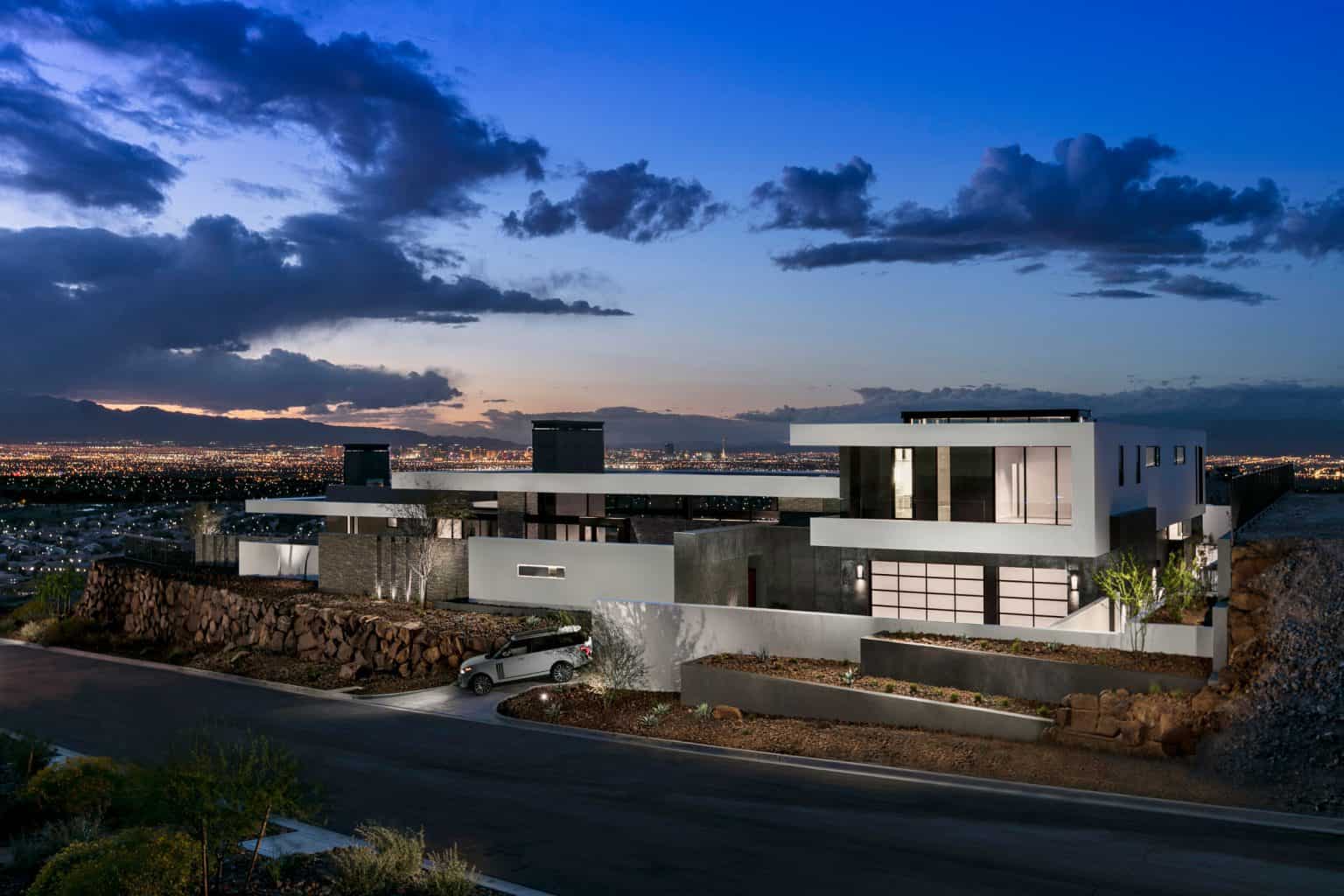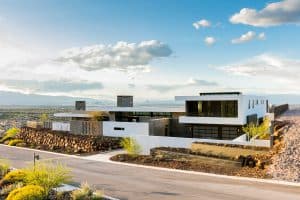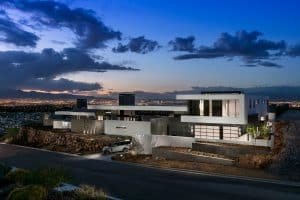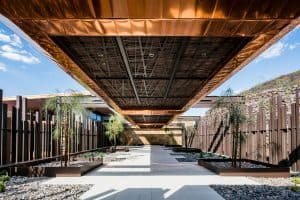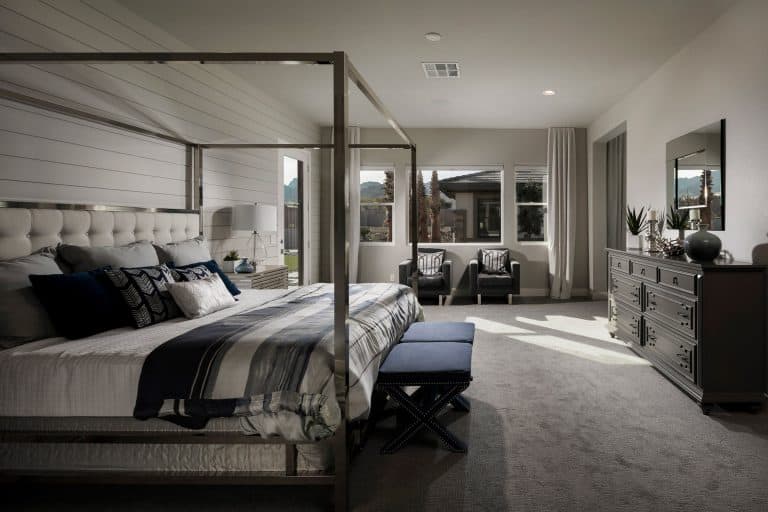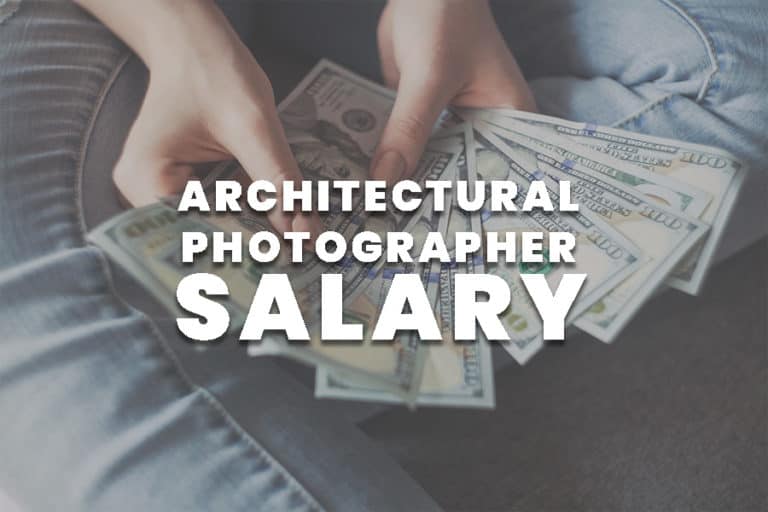Today more than ever we create stunning visuals better or at the level of renderings.
With that said rendering are now a part of every architect, designer, and developer’s life as they can showcase future development and build prior to the photography phase.
So what are the benefits and disadvantages of each and most importantly how to combine them together to enjoy both worlds?
Table of Contents
The Benefit of Architectural Photography
When we talk about the benefits, they are clear, emphasizing the reality after planning and executing the project is the most important tool in the modern age for every architect, designer, and developer that wants to advertise, market, and brand themselves.
Your professional will work with you hand by hand to brand and market you, and your business, and work to where you want to be in the future and not the day after, helping you build a portfolio that sells is the most important thing.
The right type of image will allow you to sell your work and give your client the feeling “ I want this “ and not only focus on the price.
The Disadvantages
When you don’t put your real visuals to be the face of your business, you can find yourself in a situation where your images do not deliver the job.
You know what I am talking about… all those on-the-way projects that you capture, the time the other vendor sent you their images and so.
In this day and age, there are thousands of architects, and designers are developers around you and there is no such thing as a “good place in the middle” only at the top of the list.
Your images might not be up to par with your rendering, creating a big gap between what you imagined and what you were able to deliver.
If your project is not complete or in rare cases, images won’t do justice for your future marketing of this project we recommend using renderings instead.
The Benefit of Architectural Rendering
Using renderings in today’s market is crucial in the stage of inspiration and leveraging the concept phase.
Renderings can help you close the deal on a concept idea or project that needs to go to the market prior to its completion.
Architectural renderings maybe are expensive but if you need 1-3 they are affordable, but it’s crucial to make sure they reflect reality and will look similar to the project once it’s completed.
Don’t go only for one rendering per space, allow your future buyers and clients to be immersed in the experience by providing them with several renderings from different angles and at different times of the day.
The Disadvantages
Using them can be addictive due to the perfection of the environment and design, but it can also be damaging to your business and career.
First, you and your clients know that renderings are not real, they are good for inspiration and showcasing the idea for future projects.
When using renders only or mainly in your portfolio, your potential client (that is not sitting in front of you) may get to the conclusion that you are great in planning but not in execution, that you might didn’t complete any of the projects as you only feature inspiration ones.
Second, any rendering should be accompanied by scale images to make sure the gap between inspiration and reality is closed and to showcase that what you are planning can also be delivered in real life.
Also one of the biggest disadvantages of rendering is the distance between creation to reality.
It is crucial that the rendering will reflect the actual materials, built, environment finishes, and furniture that will be actually used in the project, the last thing you want is a disappointed client with a feeling that it was looking much better than in reality.
At the end of the day, your clients can recognize renderings, creating a photo-realistic rendering with similar qualities to photography is almost impossible or very expensive at least.
How to Combine Rendering and Photos in your Portfolio
Combining them can be done once your photographer is up to par with your inspirational visuals.
It’s the most important thing you can do, making sure you don’t market yourself with high-end renderings and mediocre images, as ultimately it will tell your client you can’t deliver what you have visioned.
Don’t forget you don’t have the option to communicate to the client more than visuals through your portfolio, social media, advertising, and marketing, as what they see is what they assume.
We always recommend using real visuals where possible.
Understanding Architecture Consumer Behaviour
As professionals, we always assume our clients understand what we do, what is the difference between grade to B grade material, colors, quality, finishes, and upgrades.
The reality is our clients are dreaming like we are, however, they don’t understand as we do what we are actually selling, keeping your images on a higher end will allow them to fall in love and tell you “This is what I want” rather than “how much this one cost”
The more your portfolio will reflect the quality of your work the more easy your “selling process” will be and the more your images will work for you.
How to Choose Images for Architecture Portfolio
Images and renderings tell a story, start by ordering the visuals based on use and approach.
The first exterior of the front in the daytime will showcase the property,
Then we can move into one or two more exterior or detail shots.
Next, we are moving inside to capture the main spaces, from the living room, kitchen, master bedroom and bathroom, and other spaces.
Moving back to the exterior to photograph the back of the house.
And finally doing an exterior twilight shoot to finish the day.
This process is similar to our daily life, we get into the house, walk across the living room, eat in the kitchen, use the exterior outdoor space, go to bed and bath, and finally go to sleep at night.
The same order should be kept in your presentation of work.
You should always try to avoid multiple pictures of the same spaces from different angles, your potential clients have a very short attention time, the more images and rendering you add the more they browse them quickly and do not emerge in the design and details.
It’s an average numbers equation, we always strive to excel in each individual image and not create a good all-around experience.
You don’t believe me? try thinking the next time you see a Facebook post that on the photo thumbnails, you see the +25 showing there are 25 visuals for the project.
Most of us won’t get to the last image, and even those who get there after the 5th you will start scrolling faster and faster just peaking on the rest instead of looking at them.
In conclusion
Aim to have better visuals always choose images whenever you can over renderings, and keep it high-end and short.
Use renderings before you start a project to provide a concept and help your clients “join the program” of your vision.
